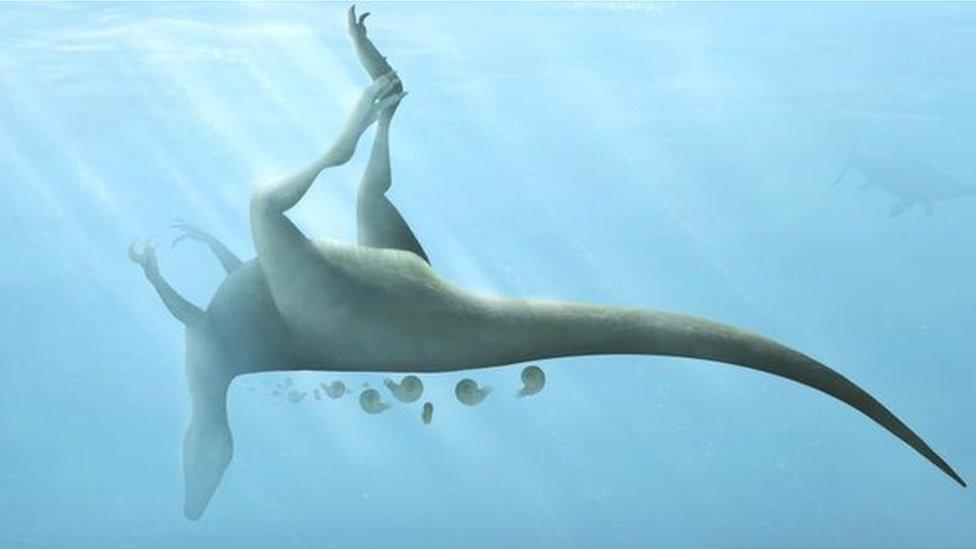Portsmouth university team chosen for T. rex skeleton research
- Published
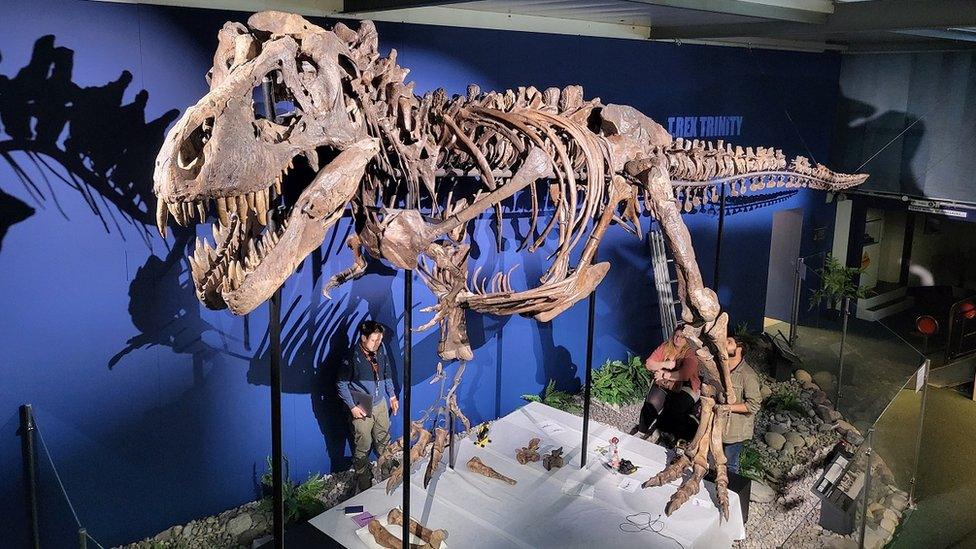
Trinity is currently being exhibited at the Aathal Dinosaur Museum in Zürich, Switzerland
Multimillion-pound scientific research of a T. rex skeleton will be led by palaeontologists in Portsmouth.
The University of Portsmouth team will be handling the study of Tyrannosaurus rex, Trinity.
The dinosaur owes its name to it consisting of bones from three individuals discovered between 2008 and 2013 in the US.
The Phoebus Foundation bought Trinity for 5.55 million Swiss francs ($6.2m; £5m) at auction last year.
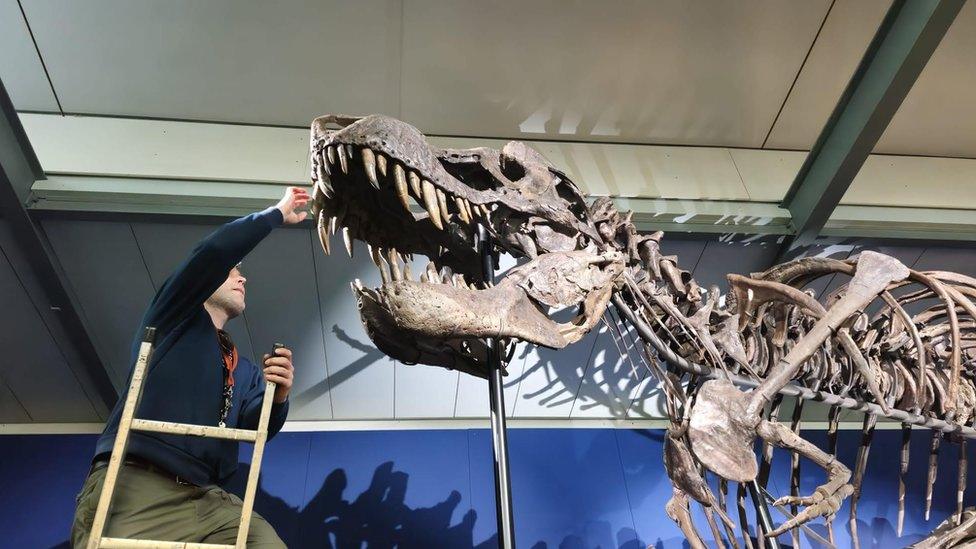
The University of Portsmouth "Team T. rex" were chosen to lead scientific research on Trinity
The so-called "Team T. rex" in Portsmouth features anatomist Dr Nizar Ibrahim and his PhD students Megan Jacobs and Stella Angelika Ludwig, along with undergraduate Josephine Pallister and masters student Hamzah Imran.
They will be collecting data on the size and appearance of Trinity's bones, the age of the dinosaurs, and palaeopathologies - ancient evidence of traumatic injuries and disease.
Dr Ibrahim said: "Working on this T. rex is of course something five-year old Nizar would very much approve of and I have enjoyed every minute of it.
"For my students, it's obviously an opportunity and experience of a lifetime and I am very happy that they get to use their impressive knowledge of dinosaur anatomy working on this iconic creature."

The PhD students working on the skeleton said it was "awe-inspiring" in real life
Many famous dinosaur mounts consist of remains of multiple individuals because most finds are incomplete.
Trinity's skeleton consists of 293 original bones and is approximately 12m (39ft) long and 4m (13ft) at the shoulder.
PhD student Ms Jacobs said: "It's every palaeontologist's dream to work on T. rex. It has to be the most iconic dinosaur going.
"Seeing Trinity for the first time was incredible, just to realise how big these animals actually are."
Trinity will be exhibited in the Aathal Dinosaur Museum in Zürich, Switzerland, until 19 January 2025 - when it is expected to be displayed in several other international museums.
The dinosaur's final destination will be in a permanent exhibition at the Boerentoren in Antwerp.

Follow BBC South on Facebook, external, X, external, or Instagram, external. Send your story ideas to south.newsonline@bbc.co.uk or via WhatsApp on 0808 100 2240, external.
- Published18 April 2023
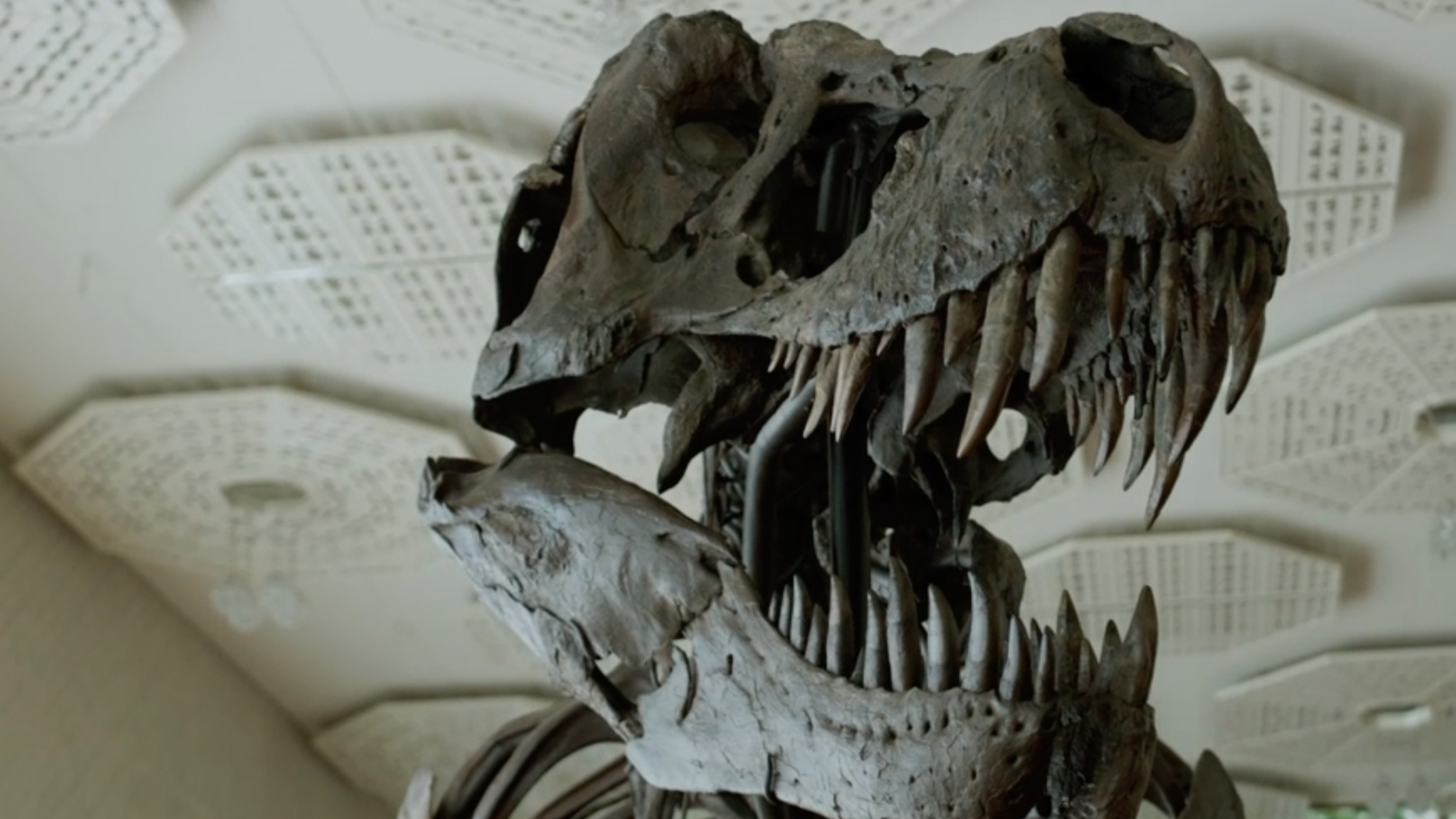
- Published8 December 2023
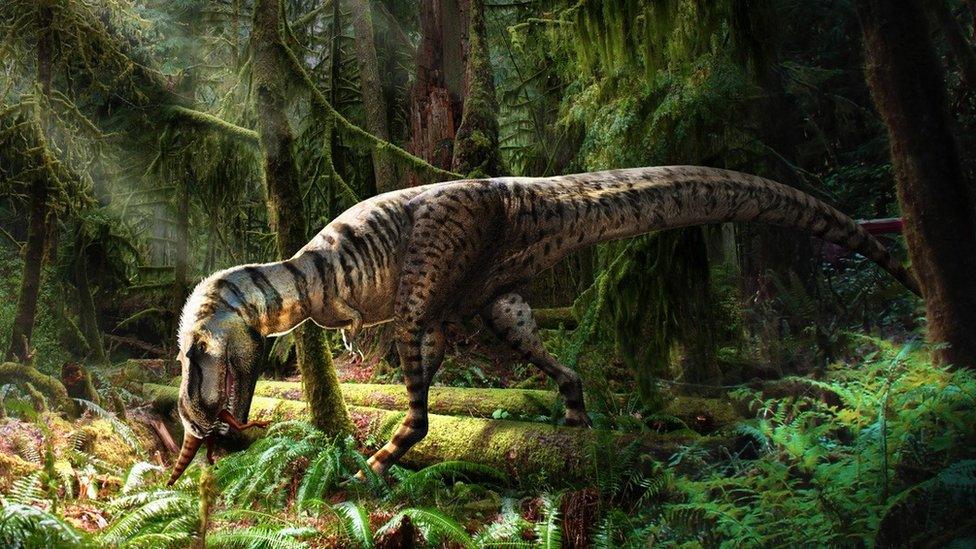
- Published21 November 2022
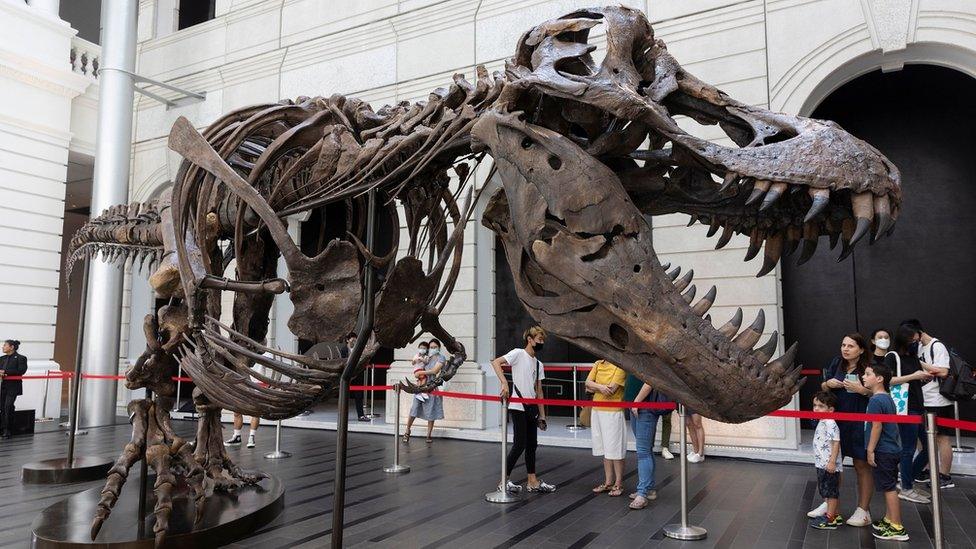
- Published8 July 2022

- Published12 August 2020
